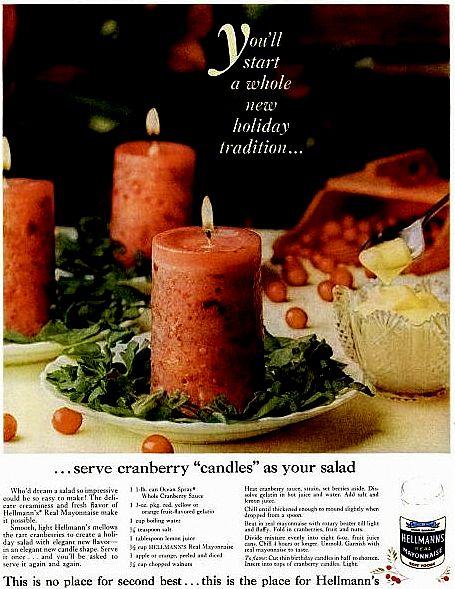This article is supported by Monash University's Faculty of Arts. In this series, we ask a bunch of professors about issues relating to their industry.
I recently matched with this girl on Tinder who was so good looking it was weird. You know when someone’s facial features stir something in your brain that’s so overwhelming it’s actually confusing? Like, how is your face doing that? And yes, I know that Tinder photos can be misleading, but I put in an extra bit of work into composing the perfect message, just in case. And after about 20 minutes I sent this off thinking I’d got the words just right.

But she didn’t respond. Not on the first day, or the first week, and then I realised that her non-response was preceded by a long list of other non-responses. And then I had this moment of clarity about Tinder: I’m pretty bad at it.
Maybe the problem is I’m always trying to be too interesting. My idea of a nightmare is being asked how my week/weekend/night is going, so I basically do the opposite, and get way too deep way too quickly. I just know that my texts don’t make a lot of sense on a second reading and I don’t get many replies.
I needed some help.
Dr Howards Manns is a linguist and his bio describes his area of expertise as examining “how speakers use stancetaking to construct heterogeneous identities as well as to accomplish moment-to-moment goals.” And that basically means examining how people get what they want through language.
I started by sending Howard and his PHD student Jess Birnie-Smith a series of my Tinder screenshots. I included my bio and three unrequited conversations I’d had in the past few months. What was I doing wrong?

“Well, one issue is that you don’t actually give much away,” explained Howard, who was scrolling through my screenshots. “Take your bio, for example. We both thought the bio was funny, but you haven't revealed anything about yourself, which is fine, but then you don’t reveal anything about yourself in your openings either. So you’re not encouraging the other person to reveal anything about themselves.”
“Offers of personal information can be reciprocated with other personal information,” echoed Jess. “Offering personal info gives someone the sense that you’re more trustworthy and authentic.”
They were right. Without consciously examining it, I’d always assumed that priority number one on Tinder was being funny. It’s hard to be funny about yourself when the other person doesn’t know you, so I assumed the best strategy was to be funny (and complimentary!) about them—based on their photos. In this below example, I noticed that nearly all of this girl's photos featured a dreamcatcher. So rather than discussing my own non-existent history with dreamcatchers, I figured I’d discuss hers.
But Howard and Jess thought that I was coming across as subtly glib and maybe judgemental.

“The way you've constructed these compliments means you’re constructing a judgment,” Jess said. “It might be consistent with your own personal point of view, but not necessarily consistent with her point of view on how she relates to herself.”
I knew what they meant, but I was also a bit like “SHE HAD DREAMCATCHERS.” Still, they thought that before I know someone in the slightest, it was safest to start with a compliment and then pivot to something about myself. Because the root issue, explained Howard, is that men and women use language in different ways.
I remember finding a copy of Men Are From Mars, Women Are From Venus when I was about 17 and reading “men and women seldom mean the same thing when they use the same words,” and deciding that life was too complicated. The book, written in 2004, is antiquated in 2017, but it helped to popularise the idea of gendered communication and certainly opened the idea for me. So on the topic of dreamcatchers, I asked Jess and Howard to explain how communication styles differ.
“It's not always the case, but women more often speak and hear a language of intimacy and connection,” explained Howard, “Men, on the other hand, tend to approach conversation not necessarily in a supportive way—but sometimes in a way that puts themselves centre stage.” The trick, they both agreed, was to balance providing enough info about myself, while asking questions about her to foster intimacy. It was kind of stupidly obvious, to the point where I was surprised I wasn’t already doing that.
“Oh, and keep using positive language,” said Jess. “You’re coming across very upbeat and positive and that’s a good thing. Keep doing that.”
The last thing they recommended was identifying what it was I was looking for. “Language is a goal-driven endeavour, so it can be useful to understand what those goals are, and/or what kind of dating identity “type” you're trying to construct,” explained Howard. They explained that my profile and style currently read as though I was looking for something casual. “People studying dating profiles have suggested that guys pitch or get interpreted as either a “cad” (short-term relationship) or “dad” (long-term relationship) type.”
I told them I was probably looking for something casual, with potential for more (pending love), and they agreed my profile was about right. But I’d just have to give more away in the conversation and ask questions. I thanked them and got swiping.

Notice the compliment, followed by the personal anecdote, followed by the question, followed by the reply from a woman. Of course, this could be random but the signs are good.
This article is supported by Monash University's Faculty of Arts. You can find out more about the Master of Applied Linguistics here.



























































